
The researchers of the study concluded that a single droplet can carry thousands of microorganisms, and each bubble is estimated to carry hundreds of droplets.
By: Alexandria Addesso
During the lifespan of a bacteria contaminated bubble, the cap of the contaminated bubble thins. As the bubbler grows thinner, the number of droplets it can launch into the air when the bubble inevitably bursts increases to a much higher degree. A single droplet, the researchers estimate, can carry up to thousands of microorganisms, and each bubble can emit hundreds of droplets.
“We discovered bacteria can manipulate interfaces in a manner that can enhance their own water-to-air dispersal,” said the assistant professor of civil and environmental engineering and director of the Fluid Dynamics of Disease Transmission Laboratory at MIT Lydia Bourouiba.
A wonderful serenity has taken possession of my entire soul, like these sweet mornings of spring which I enjoy with my whole heart. I am alone, and feel the charm of existence in this spot, which was created for the bliss of souls like mine. I am so happy, my dear friend, so absorbed in the exquisite sense of mere tranquil existence, that I neglect my talent.
But what exactly happens when these bubbles burst?

The thinner bubbles create 10 times more droplets, and these droplets were ejected at a rate that was 10 times faster than it was for clean bubbles. The researchers of the study came to the conclusion that a single droplet can carry thousands of microorganisms, and each bubble is estimated to carry hundreds of
droplets. The same group of researchers used high-speed imaging to study droplets released from a human sneeze.





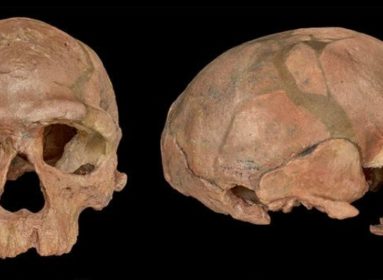






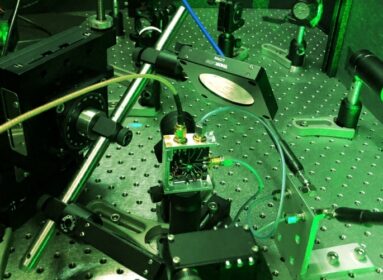
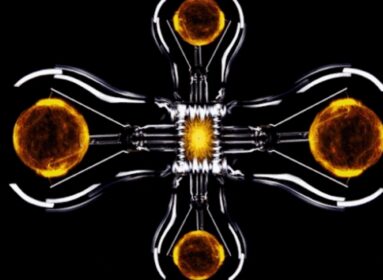




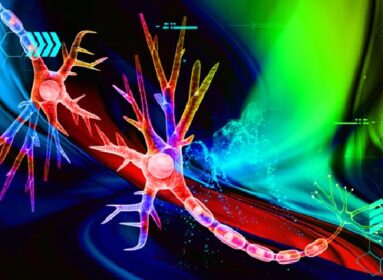
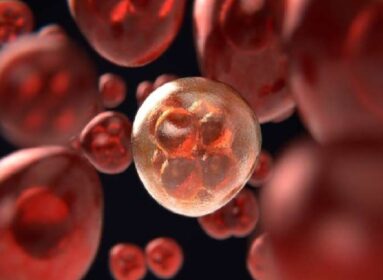
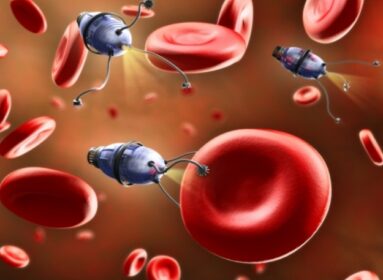


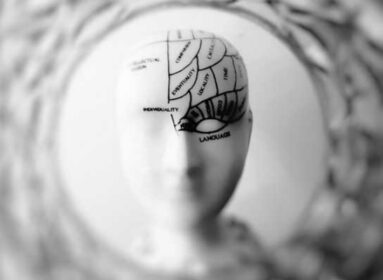


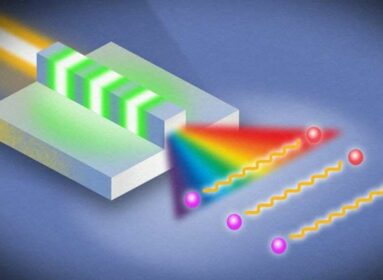




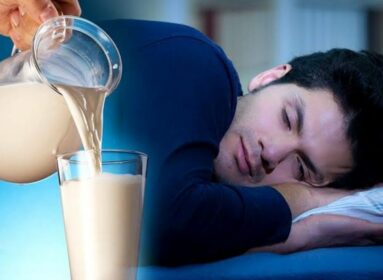
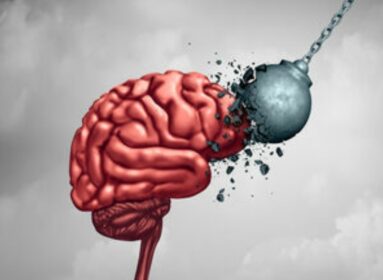






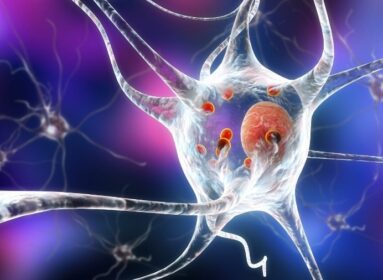

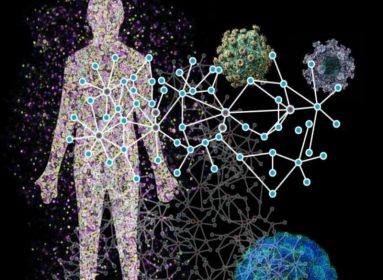
























Comments are closed.